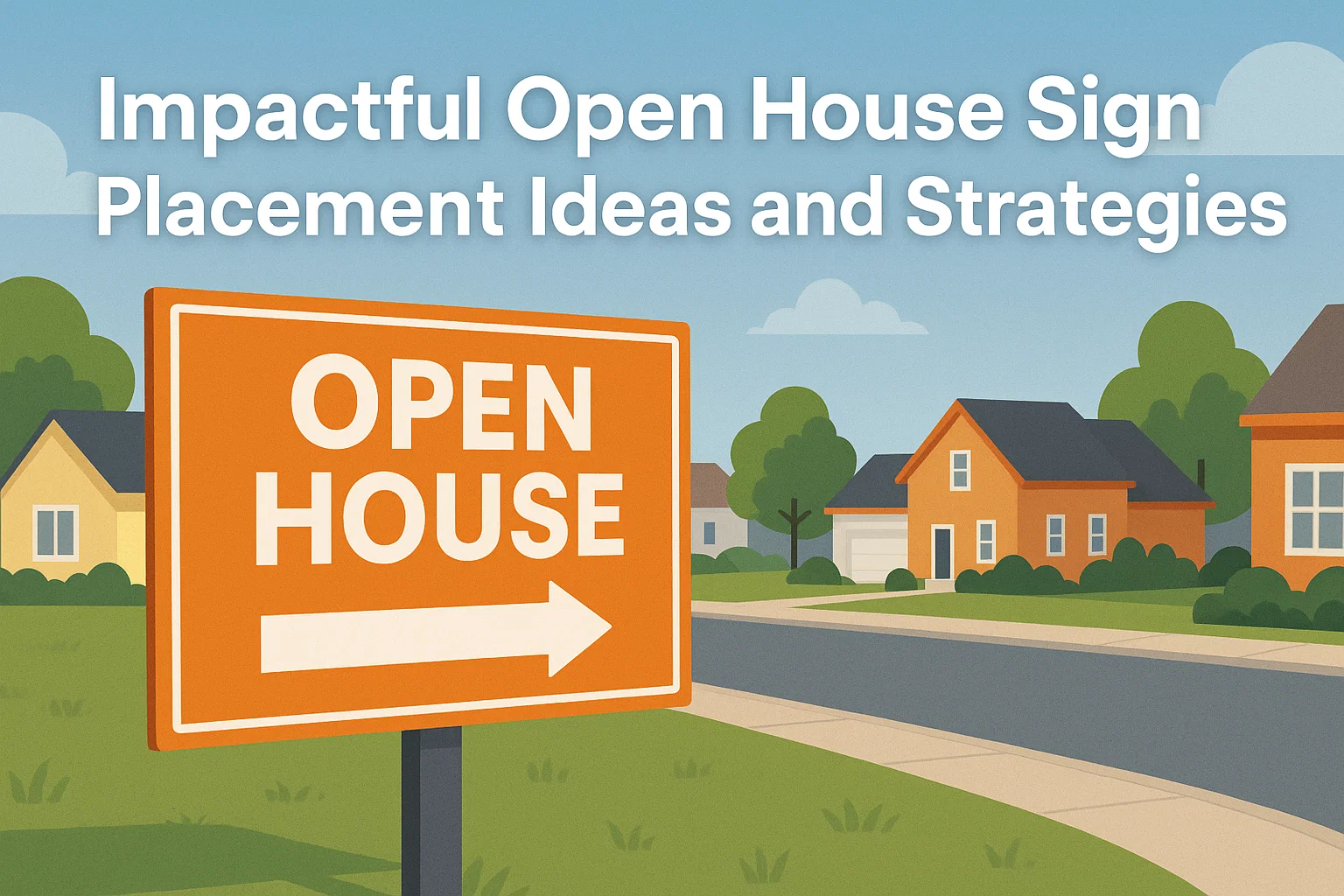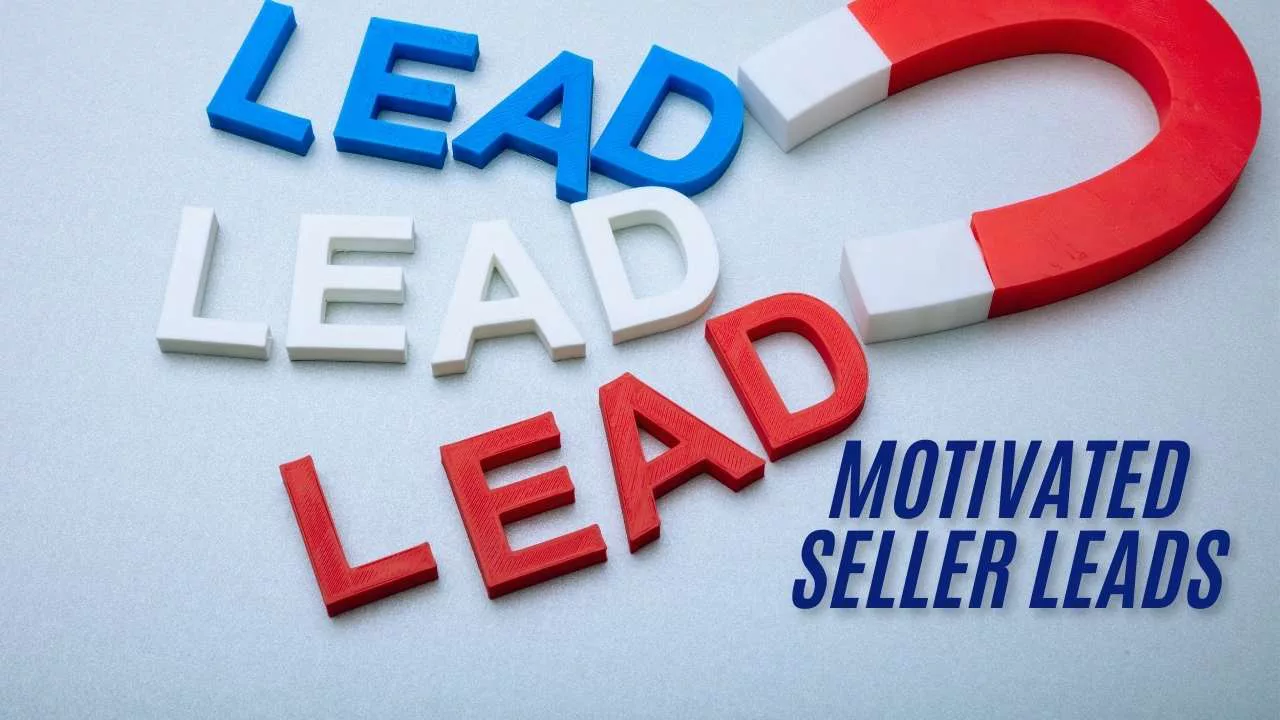A Great Marketing Channel for Real Estate Agents
Table of Contents
When I first started in the real estate industry, generating consistent leads felt like trying to find a good needle in a stack of bad quality needles. I tried everything like hosting networking events and relying on referral fees from past clients. While those traditional methods had some success, I needed more leads that were high quality and ready to convert. That’s when I discovered Pay-Per-Lead (PPL).
PPL takes the guesswork out of lead generation by allowing real estate agents to focus on what matters, closing deals. I’m going to walk you through everything you need to know about PPL, how it works, and how to use it to grow your real estate business.
Pay-per-lead real estate offers a targeted strategy to connect with serious buyers by using precise data points and tailored approaches. Platforms like Zillow Flex streamline the process by providing requested information on potential leads, helping agents focus on what really matters—transaction closes. With the right team in place, agents can achieve higher conversion rates and maximize their ROI in this competitive industry.
If you’re a new agent looking to build relationships or a seasoned pro aiming to maximize your return on investment (ROI), then you’ll find actionable steps. Plus, I’ll share some personal insights from my experience using PPL to generate qualified leads and boost client satisfaction.
1. Who’s the Best Real Estate Pay-Per-Lead Providers?
When it comes to pay-per-lead real estate platforms, choosing the right provider can mean the difference between thriving and floundering. After testing various platforms myself, I’ve noticed that the right one depends on your target audience, market location, and budget. Here are three of the most popular options for real estate agents.
Zillow Premier Agent
Zillow is a trusted name in the real estate industry. Its platform connects agents directly with potential clients who are actively searching for properties. Leads from Zillow tend to be high quality, as the users are already engaged in the home-buying process. These exclusive leads often come with higher marketing costs, so it’s important to evaluate whether the investment fits your strategy.
Best for agents targeting a wide, national audience or building a pipeline in high-demand areas.
ReadyConnect Concierge℠ (from realtor.com)
Realtor.com is another big player in real estate marketing. They focus on providing both buyer leads and seller leads tailored to your specific service areas. What I like about this platform is the flexibility—agents feel like they have complete control over which zip codes they target. It’s especially helpful for individual agents just starting out or those breaking into a particular local market.
Best for new agents or real estate professionals wanting personalized geographic targeting.
UpNest
UpNest takes a more niche approach by capturing potential buyers or sellers via custom ad funnels. What’s unique here is their emphasis on lead nurturing—they provide the tools to help you stay connected with past clients while targeting new ones. UpNest also includes automated follow-up systems, which can be a lifesaver for busy agents.
Best for real estate agents focused on growing long-term client satisfaction and leveraging automation.
SetSchedule
With tools like the Referral Radar for smarter lead generation, a CRM for streamlined sales management, and business solutions to boost productivity. Agents can expand their networks, collaborate with top-performing teams, and connect with their target audience through innovative features like Ask and Broadcast. With SetSchedule, professionals can simplify workflows, manage leads effectively, and maximize their market reach for greater success.

1.2 Key Factors for Evaluating a Provider
Choosing the right PPL provider requires more than just comparing price points. It’s about asking the right questions and aligning your choice with your real estate business goals.
- Lead Qualification Process – Always ask how leads are qualified. A provider offering high quality leads will have thorough qualification steps to weed out non-serious inquiries.
- Customer Reviews and Endorsements – Dig into feedback from other agents. Did the leads they purchased convert into closed deals? Were they able to build relationships with these potential clients? If not, dig deeper.
- Support Services and Cancellation Policies – Look for providers that offer strong support, particularly for individual agents who may need personalized help. Avoid platforms where you lose complete control once you sign a contract.
1.3 Red Flags to Avoid
- Lack of Transparency in Lead Qualifications – If a provider won’t disclose how they assess or filter leads, you could be paying for irrelevant contacts.
- Overpromising and Under-Delivering – Beware of “guarantees” promising you’ll triple your business overnight. Building a real estate business takes work—no magic solution exists.
- Excessively High Costs – Platforms charging huge marketing costs with minimal conversion support should be avoided.
Carefully research and trial providers to find the one with the most many benefits. Don’t be afraid to change platforms if data shows it’s not working.

2. Pay-Per-Lead vs. Pay-Per-Click (PPC) and Other Models
2.1 Overview of Lead Models
When comparing PPL to Pay-Per-Click (PPC) campaigns or subscription-based models, it’s clear each method caters to different real estate advertising needs. PPC, for example, focuses on bidding systems—agents pay for clicks on their ads, hoping to generate more traffic.
Conversely, PPL skips the “hoping” step altogether. Leads are already vetted and ready for direct contact. Subscription models take a broader but less specific approach, offering agents access to lead lists for a recurring fee but often requiring agents to qualify the leads themselves.

2.2 PPL vs. PPC
When it comes to boosting real estate marketing efforts, both Pay-Per-Lead (PPL) and Pay-Per-Click (PPC) offer unique ways to buy leads, but their core differences can determine which method suits your needs better.
Similarities
- Costs Scale with Performance – The idea is that costs rise as your campaigns perform better. For PPL, you pay for the number of paid leads delivered, while PPC charges for clicks on your ads, driving users to your website or listings.
- Targeting’s Importance – Both methods rely on understanding your target audience to succeed. Narrowing down by service areas, property types, or demographics ensures you attract serious buyers or sellers who are more ready to take action.
Differences
- Lead Delivery vs. Traffic Generation – PPL focuses on providing lead sources that have already been qualified—this means you’re dealing directly with high-quality leads. PPC, on the other hand, generates traffic for your website and hopes visitors turn into leads, which requires additional time and effort.
- Predictable vs. Varying Costs – With PPL, you know exactly what you’ll pay for each lead upfront, while PPC costs can fluctuate wildly because of the bidding system. If your market has many realtors competing for ads, like in areas such as San Diego, campaigns can get expensive quickly.
Comparison Chart
| Aspect | Pay-Per-Lead (PPL) | Pay-Per-Click (PPC) |
|---|---|---|
| Lead Quality | Leads are pre-qualified and ready. | Lead quality depends on traffic. |
| Effort Required | Minimal effort; follow up directly. | Significant effort to convert clicks. |
| Cost Predictability | Predictable cost per lead. | Costs depend on ad performance. |
| Closed Deals | Faster time to <em>closed deals</em>. | Longer process from traffic to close. |
Key Takeaway
Choosing between PPL and PPC depends on your goals. If you want many benefits from a cost-predictable model that delivers closer-to-conversion leads, PPL is the clear choice. If brand awareness or website traffic is your current priority, PPC might make sense.

2.3 When to Choose PPL
From my own experience, PPL is a game-changer when you need to buy leads without excessive upfront costs dragging down your marketing strategy. New agents especially benefit from PPL because it eliminates the guesswork of finding the right lead source.
Ideal Scenarios for PPL
- Tight Budgets – When your marketing budget is limited, pay per lead real estate ensures you’re investing in quality leads versus gambling it away on campaigns that may not convert.
- Quick Lead Acquisition – If time is of the essence, PPL delivers faster as compared to warming up cold traffic through PPC. This is a huge advantage when you’re targeting serious buyers.
- Focused Markets – Are you focusing on specific niches or service areas? PPL allows you to target demographics more easily with leads already filtered for your needs.
- Building Repeat Business – Purchased leads can turn into loyal future clients. With proper lead nurturing, you can grow your network and enjoy repeat business from satisfied clients.
Determine your goals before choosing PPL or other methods. If you value efficiency, predictable costs, and high-conversion potential, PPL gives you the tools to scale effectively and focus more on closed deals.

3. The Cost and ROI of Pay-Per-Lead
3.1 How Much Should You Pay for Real Estate Leads?
When calculating the cost of buying real estate leads, you’ll encounter a wide range depending on several factors. On average, real estate agents pay anywhere from $20 to $200 per lead. But where does this difference come from?
Factors Influencing Cost
- Location – Urban markets like San Diego see higher costs because of demand and competition from many REALTORS®.
- Type of Lead – Buyer leads may be less expensive than seller leads, as sellers often represent higher listing commissions.
- Platform and Lead Quality – Some platforms guarantee higher-quality, exclusive leads and charge accordingly, while others operate on quantity over quality.
Personally, I always found it helpful to determine what each platform offered in terms of lead qualifications. While cheaper leads are tempting, you may spend more time chasing unqualified ones, wasting both time and money.

3.2 Calculating ROI from PPL
Return on investment is the most critical metric when assessing PPL campaigns. Here’s the simple formula I use to gauge whether my investment is worth it.
ROI Formula
(Revenue Generated ÷ Total Spend on Leads) × 100 = ROI (%)
For instance, say you spend $500 buying 10 leads, and one lead helps you close a $15,000 sale. That’s a 2,900% ROI. Not bad, right?
The beauty of PPL is its ability to deliver predictable cost per lead, so tracking your ROI over time becomes easier.
Example ROI Calculation
- Cost per lead = $50.
- Lead conversion rate = 1 in 10 leads convert to a sale.
- Typical commission = $15,000.
- ROI = (15,000 ÷ 500) × 100 = 3,000%.

3.3 Maximizing the Value of Your Spend
Now, here’s the golden rule of maximizing ROI with PPL campaigns—don’t just follow up, follow up fast. Statistics show that responding within 5 minutes increases lead conversion significantly. I’ve often automated my initial replies using a CRM system to ensure I never miss a contact.
Tips for Optimizing ROI
- Focus on Lead Authenticity – Vet the provider for their qualifications. Look for reviews and steer clear of “invite only” schemes promising quick riches.
- Fast Follow-Up – Jump on leads right away when they’re most actively searching for a solution.
- Lead Nurturing Systems – Leads that don’t convert immediately can still provide future repeat business. Use email campaigns or personalized follow-up calls to keep them engaged.
- Understand Fees Before You Commit – Some platforms align with a no-long-term commitment policy, while others lock you in. Choose flexibility as you assess performance.
Key Takeaway
How well you follow through on PPL leads determines your success. Invest in tools like a CRM and focus on the little things, like fast follow-up and personalized communication, to stand out from other agents.

4. Real-Life Success Stories with PPL
4.1 Doubling Sales with PPL
Here’s a story that sticks with me. I know a real estate agent who, in her second year, felt stalled. Her pipeline was dry, and traditional lead generation methods weren’t working. She decided to invest in a PPL provider—specifically, Realtor.com.
At first, she was hesitant about the upfront cost, but it didn’t take long to pay dividends. Within six months.
- Her closed deals doubled.
- She gained several repeat business clients who referred friends and family.
What worked for her? Consistency. Sarah followed up within minutes, personalized every conversation, and nurtured any long-term leads using CRM software.
4.2 Lessons from the Field
- Speed Matters – Leads go cold quickly in this industry. Respond within 5 minutes—it’s a game-changer.
- Long-Term Thinking Wins – Don’t view every lead solely as a one-time transaction. Nurtured leads can become past clients who bring in new business.
Key Takeaway
Learning from many realtors highlights what works and what doesn’t. Build a strategy based on proven success.

5. Practical Guides for PPL Success
5.1 How to Qualify and Convert Leads
Qualifying leads is crucial. You don’t want to waste time on unqualified contacts. Here are my go-to steps.
- Ask Key Questions
- Do you have a pre-approved mortgage?
- What’s your timeline for buying/selling?
- How many properties have you already viewed?
- Respond Quickly
I’ve learned from experience—if you don’t contact them immediately, other agents will.
Converting High Quality Leads
- Personalize your approach. Use details about the lead’s needs to tailor your follow-up.
- Make them feel heard and valued—it dramatically increases client satisfaction.

5.2 10 Tips to Maximize ROI
Here are my top 10 tips for making every dollar count with PPL.
- Automate follow-ups to stay on top of leads.
- Use CRM tools to keep your communication organized.
- Focus on specific target audiences for better-qualified leads.
- Prioritize lead nurturing—even long-term prospects eventually convert.
- Monitor performance data to adjust your strategy.
- Leverage past clients as potential referral sources.
- Perfect your scripts for consistency in messaging.
- Rotate providers if one isn’t delivering.
- Work within your budget—don’t overcommit.
- Always be improving—constant tweaks lead to success.
5.3 Tools for Success
- CRM Software – Streamline how you manage and convert leads.
- Follow-Up Email Templates – Create professional, engaging scripts to keep the conversation alive.
- Downloadable Resources – Use lead-nurturing PDFs as touchpoints for ongoing relationship-building.

Check Back for Updates
Real estate leads come in many different formats. Your lead generation methods need to stay up to date. That’s why it’s a good idea to check back to this blog post. We are always on the look our for new and innovative ideas for real estate lead generation.




